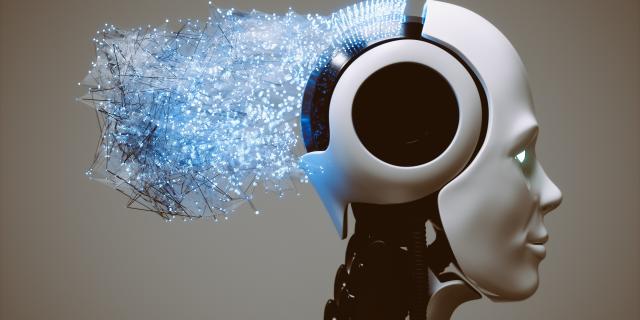
- Seeing, understanding, and translating spoken and written language
- Analyzing data
- Making recommendations
Types of artificial intelligence

Reactive machines
Reactive machines are artificial intelligence (AI) models that interact with their environment without storing an internal representation of it. They use rules and heuristics to make decisions in real-time and adjust to changing conditions.

Limited memory
AI that can store knowledge and use it to learn and train for future tasks. Theory of Mind AI: AI that can sense and respond to human emotions, plus perform the tasks of limited memory machines.

Theory of mind
Theory of Mind (ToM) AI is a type of artificial intelligence (AI) that enables machines to understand and model the thoughts, intentions, and emotions of other agents. This includes humans and other AIs.

Self-awareness
Self-awareness in artificial intelligence (AI) is the ability of an AI system to be conscious of itself. This includes being aware of its own thoughts, capabilities, limitations, and potentially even its goals and intentions. .

SUPER AI
They are high-functioning systems that replicate and even surpass human intelligence but only for a specific purpose. ASI is also known as super AI or superintelligent AI.
types of artificial intelligence
- Artificial Narrow Intelligence (ANI)
- Artificial General Intelligence (AGI)
- Artificial Super Intelligence (ASI)
AI can also be broadly grouped into five main macro-areas based on application: Text AI, Visual AI, Interactive AI, Analytic AI, Functional AI.
- Artificial Narrow Intelligence (ANI)
- Artificial General Intelligence (AGI)
- Artificial Super Intelligence (ASI)
- Generative AI: Used to generate new content, such as images, music, or text
- Deep learning: A method that teaches computers to process data in a way that is inspired by the human brain
- Self-driving cars: Use limited memory AI to make immediate decisions based on data collected in the recent past
